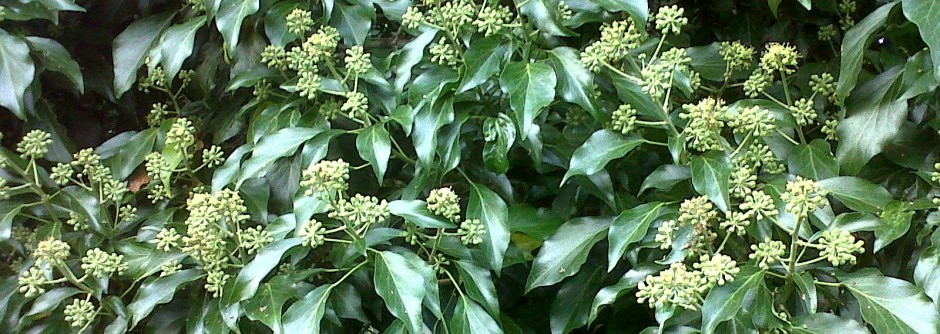We have just received the final list of invertebrate species found on the southern part of Crossness at Erith Marshes at the joint meeting with Friends of Crossness Nature Reserve on 4th July, compiled by London Natural History Society experts Tristan Bantock and Mick Massie.
The notable and scarce species discovered were:
The Chrysomelid beetle Podagrica fuscicornis, Nationally Scarce/Nb.
The Curculionid beetles Polydrusus formosus, Nationally Scarce/Na and Larinus planus and Gymnetron villosulum, both Nationally Scarce/Nb.
The nationally scarce Stratiomyid fly Stratiomys singularior.
Among the Hemipterans the Cixiids Pentastiridius leporinus and Reptalus quinquecostatus, both Nationally Scarce/Nb and the Delphacid Chloriona vasconica Nationally Scarce/Nb and the Mirid Lygus pratensis Red Data Book 3.
The Noctuid moths Toadflax Brocade Calophasia lunula RDB3 and Reed Dagger Simyra albovenosa Nationally Scarce/Nb.
The Long-winged Conehead Conocephalus discolor, Nationally Scarce/Na and Roesel’s Bush Cricket, Metrioptera roeselii, Nationally Scarce/Nb, though both have extended their ranges significantly in recent years.
RDB 3 – species appears in the Red Data Book and is categorised as rare, though not yet vulnerable or endangered.
Na – species are nationally notable and have been recorded in 16 – 30 ten kilometre squares in Great Britain
Nb – species are nationally scarce and have been recorded in 31 – 100 ten kilometre squares in Great Britain
Tristan, an expert on Hemiptera, also highlighted Chloriona unicolor, a planthopper associated with Common Reed, which he said he’d never found before.
In addition, Chris Rose and Mick Massie, who were the first of the group to reach the ‘teapot’ pond, found Small Red-eyed Damselfly, which was also seen in numbers later on at the west end wader scrape. This was a new site record for Crossness.
